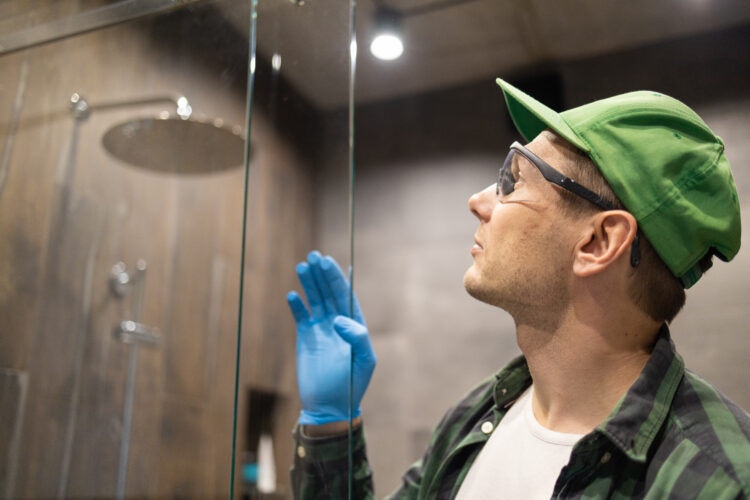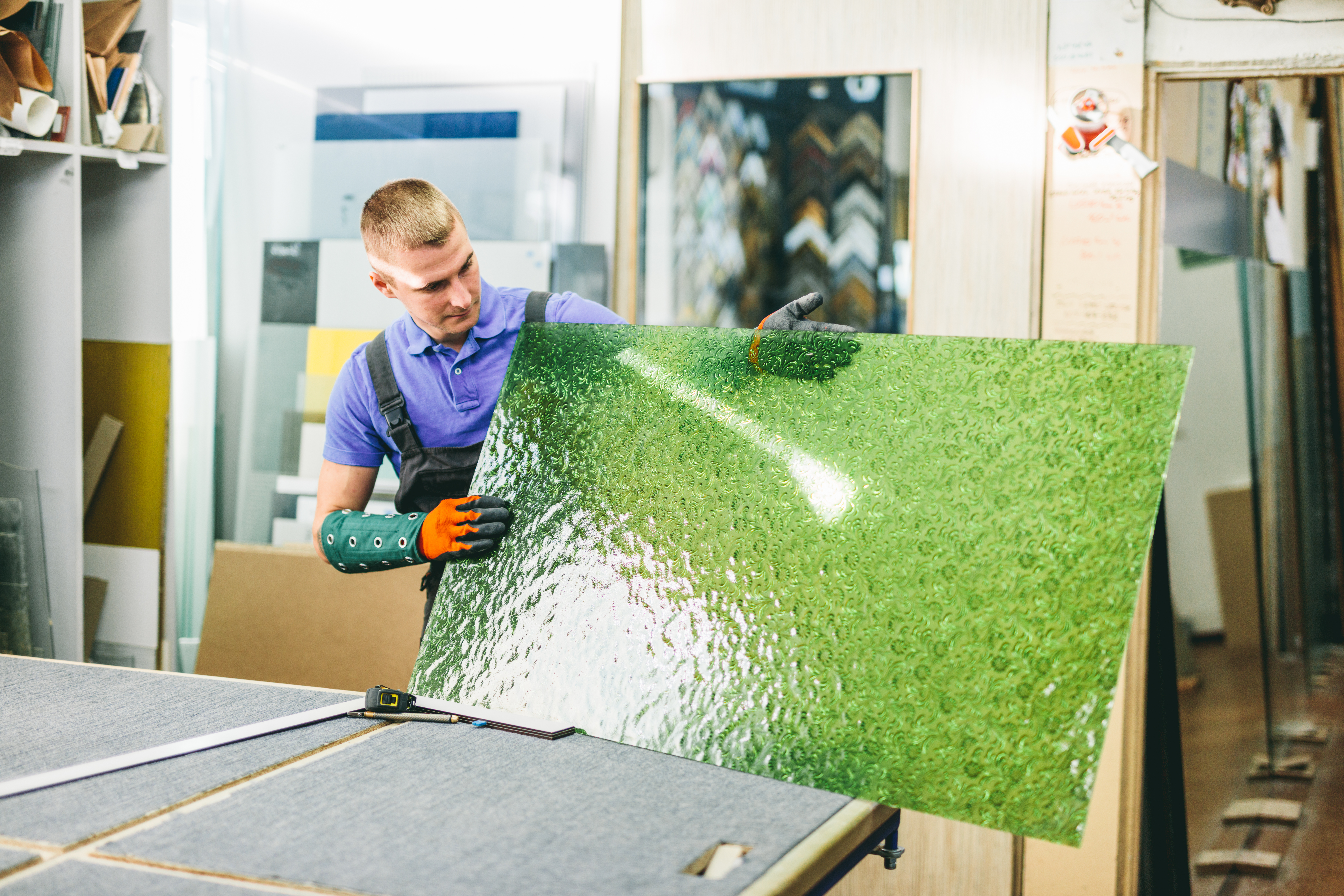In architecture, materials shape both appearance and performance. Glass is a popular choice, bringing in natural light and, in some cases, adding structural support. To bring their designs to life, architects rely on skilled glass installers. When collaboration starts early, creative ideas align more easily with practical demands, helping projects run more smoothly.
The success of a building often depends on the relationship between architect and installer. Architects seek partners who communicate clearly, follow safety standards, and adapt to design changes. When expectations are aligned from the start, the process is more efficient and the final result stays true to the vision.
Clear Communication and Technical Alignment with Installer
Strong communication from the start builds trust and prevents misunderstandings later. Early on, both sides should exchange detailed technical documents like load calculations, shop drawings, and glass specifications. These materials help align expectations and keep the project grounded in both design intent and practical requirements.
A glass installation company that provides thorough submittals and collaborates on early planning helps avoid delays and costly adjustments. A shared checklist at kickoff can track responsibilities and highlight key milestones. When architects and installers work from the same information, decisions are faster and technical issues are easier to catch.
Installer Expertise and Material Strategy
Architects benefit a lot when working with glass installers who understand different types of glass and systems. Installers who keep up with the latest in glass technology can offer helpful suggestions that fit the project. Knowing about things like energy efficiency and thermal performance is important. When architects understand this too, they can pick glass that looks good and supports environmental goals.
Picking the right glass isn’t just about style—it has to function well too. Installers who know how to work with large glass panels or systems like curtain walls help architects stick to their vision. Getting input early about material choices can improve the final design. Regular chats with installers make sure the selected materials support energy goals and still look great.
Installation Field Coordination and Tolerance Management
Getting measurements right is very important—mistakes can cause expensive delays. Installers need to double-check rough openings carefully, especially in renovation projects where old structures might be tricky. If measurements are off, the glass might not fit properly. Attention to detail helps installations go smoothly and keeps the glass features strong over time.
Coordinating work on site is essential. Other trades need to fit their work around the glass elements. When everyone communicates well, everything fits together as planned. Handling thermal movement and space for expansion is also key to avoiding future structural problems. It’s helpful to keep a shared log of all measurements so the whole team can keep track and update as needed.
Compliance with Safety, Structural, and Acoustic Standards
Architects need glass installers who always meet tough safety and performance rules. In places like schools and hospitals, it’s important to use glass that passes high safety tests and fits building codes. That way, the glass performs well in different situations and keeps people safe. It’s also important to understand how different types of glass affect light, shade, and temperature, so installers need to know the local standards.
Knowing how to install structural silicone glazing and acoustic glass adds value to the team. These types of glass help control sound in noisy spaces and hold up under pressure. Look for installers who can show certificates or papers proving they follow the rules. This gives architects peace of mind that all goals for safety and performance are being met.
Flexibility That Supports Custom Design Without Delays
In custom architecture and design-build workflows, change is inevitable. Whether it’s a late-stage spec adjustment or a scheduling pivot, reliable glass installers remain responsive without compromising execution. Teams that can revise shop drawings in real time, adapt to changing field conditions, or fabricate custom mock-ups on short notice keep the design process moving while protecting the architectural vision.
Fast feedback loops are a must. When installers can assess feasibility on the fly and suggest workarounds early, it prevents cascading delays. These teams become active contributors, not just executors. Regular coordination meetings allow issues to surface before they become problems, while digital collaboration tools help maintain alignment across trades. For architects, that kind of responsiveness adds real value—especially when working under aggressive timelines or unique design constraints.

Strong partnerships between architects and glass installers lead to smoother execution and designs that hold true from concept to completion. Early coordination prevents delays, avoids expensive surprises, and keeps teams aligned.
Prioritizing shared documentation, frequent check-ins, and flexibility helps manage changes without losing momentum. Installers who understand thermal performance, safety codes, and specialized systems bring depth and foresight to the process.
Good communication makes it easier to adapt under pressure and solve problems before they escalate. The most valuable glass installers do more than follow instructions—they anticipate needs, offer insight, and collaborate to create buildings that function and inspire.












Leave a Reply